About Turquoise Crafts
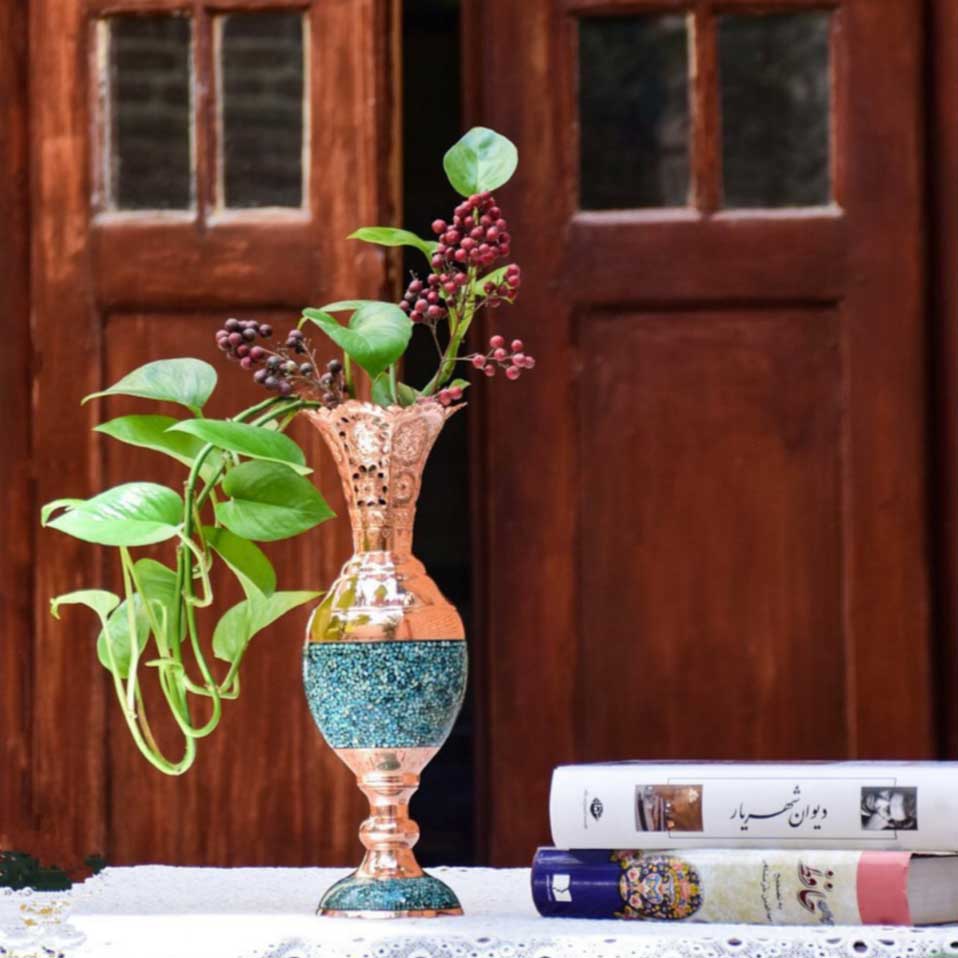
Turquoise Crafts on copper is a lovely handcraft. Today, experienced craftsmen in Isfahan produce and teach turquoise.
The presence of copper in this stone is the reason for its appealing blue color. This stone may be found in countries such as Egypt, Mexico, the United States, and Iran, but the best and highest-grade variety comes from Iran, where it is mined from the world’s oldest and largest turquoise mine, which is located in Neishabour.
In the previous 70 years, Nematullah Layegh, also known as Nematullah Khan, brought this skill from Mashhad to Isfahan, and it quickly spread. The ancient Egyptians employed an example of this art in their works, as may be seen. However, discovering how to make turquoise dates back several years ago.
Only in the city of Isfahan can the turquoise industry be stated to be widely utilized. Other cities are less likely to practice this lovely art on a range of wares and decorations. Although turquoise stone is supposed to have been transported to Isfahan from Mashhad, Firoozeh Koobi and masters are particularly artistic and competent in the Isfahan turquoise field.
What Is The Art Of Turquoise Crafts?
Turquoise on copper is created with unusable turquoise perisan gemstones. These stones are polished in this manner and then applied to copper, persian silver, and bronze utensils or decorations, and in general, any product made of this material is glued on regularly with a particular turquoise adhesive and is extremely valuable. The closer the stones are together, the more precious it is, and the more stones will be used.
The grooves between the stones are completely filled with black lacquer. The result will be more attractive, and the empty area between the stones will be less noticeable.
The Best Turquoise Stones
Turquoise is one of the most beautiful stones on the planet, and it has long been valued by people. The nicest turquoise stones are supposed to be blue-green. However, turquoise stones develop their blue-green hue over time. This stone’s primary color is sky blue. The more costly turquoise stones are, the bluer they are and the closest they are to sky blue color.
The golden streaks in turquoise stones make these stones very appealing. The more golden these streaks are, the more expensive the turquoise stone will be without the black tint and black streaks.
What Are Some Turquoise Crafts Uses?
Some of the stone facades of historic mosques include this lovely stone. It is also utilized in jewelry creation, such as rings, bracelets, and other items, and Isfahan artisans have had access to this stone and its magnificence. They’ve also used this stone, known as turquoise, to produce stunning copper handicrafts.
Isfahan turquoise art is first and foremost aesthetic and attractive, but because it is used on items like candy pots, candy bowls, rose-water sprinklers, and vases, it also has a utilitarian side. Turquoise(Firoozeh Koobi) is not only used on copper containers, but also on jewelry, which has a lot of fans. Recently, in addition to utensils and decorations, the art of turquoise has been employed in beautiful paintings, such that if the persian painting is calligraphy, the calligraphy is completed first, followed by the turquoises. When compared to international items with no identity, Isfahan turquoise Crafts wares are quite affordable.
Isfahan’s Turquoise Manufacturing And Production Stages:
Goldsmith (Zargari)
In the first stage, a press, hand, or both are used to shape and bend one of the metals, such as copper, silver, or brass, and polish it before moving on to the next stage.
After determining the general form of the body, the turquoise Crafts component is determined.
At this point, the areas of the container’s body where the turquoise will be applied are lowered by 2 to 3 mm at a 90-degree angle. This makes the container more resistant to potential impacts.
Turquoise inlaying (Firoozeh Koobi)
At this stage, the product proceeds to the turquoise workshop. Impurities in turquoise stones must be removed first. The turquoise stone is mined at the Neishabour and Mashhad turquoise mines and utilized in turquoise crafts.
The size and surface of the dish determine which turquoise stones are used. Larger turquoise is often utilized for huge designs, whereas smaller turquoise Crafts is typically used for little ones.
To soften the adhesive, they heat it briefly before gently putting pre-heating stones in the chosen location.
Turquoise stones are placed around the boundaries of the targeted area for the greatest results. It is preferable to put the stones at the top and bottom using pliers first, followed by the remaining portions. Picking turquoise needs patience and attention since the closer the stones are together, the less the opacity of the glue is visible, and the appearance is thus more attractive.
Rubbing Turquoise
If there is any vacant space on the surface after this process, the body is warmed and these areas are filled with smaller stones and adhesive.
A grinding stone called “Ab sab” is used to rub turquoise. Once the body has cooled to make the ridges smooth and polished. If required, they will then fix the turquoise surface once again.
The last stage
Finally, the metal body section is polished to get a higher level of shine, and the turquoise Crafts surface is polished with sesame or olive oil to boost the stones’ clarity and brilliance.
The main thing to remember about turquoise Crafts goods is that the finer the stone is, and the closer the stones are together, the more expensive they are.
Polyester coating
The final stage in the turquoise art is to apply polyester to preserve and cover the turquoise Crafts. Of course, this isn’t required, and some turquoise designers like turquoise without it.
Conclusion
Turquoise is an persian art form that involves layering Neishabour turquoise stones on the surface of metal bodies to construct extremely precious wares and persian jewellery. Turquoise on copper is one of the previous century’s current arts. However, it, like all current arts, has a long history. The method of putting together colorful Neishabour-colored stones has a long tradition. It is the artist’s talent to be able to produce a new design by just replacing turquoise stones.






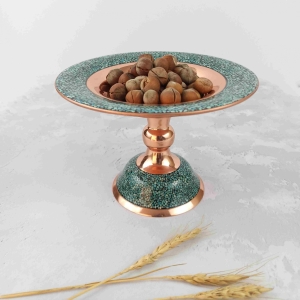
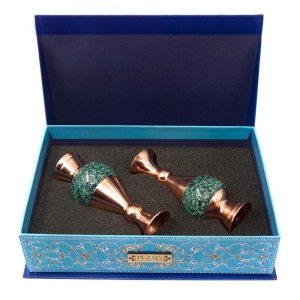
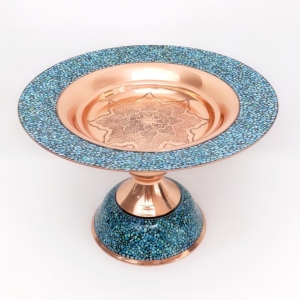
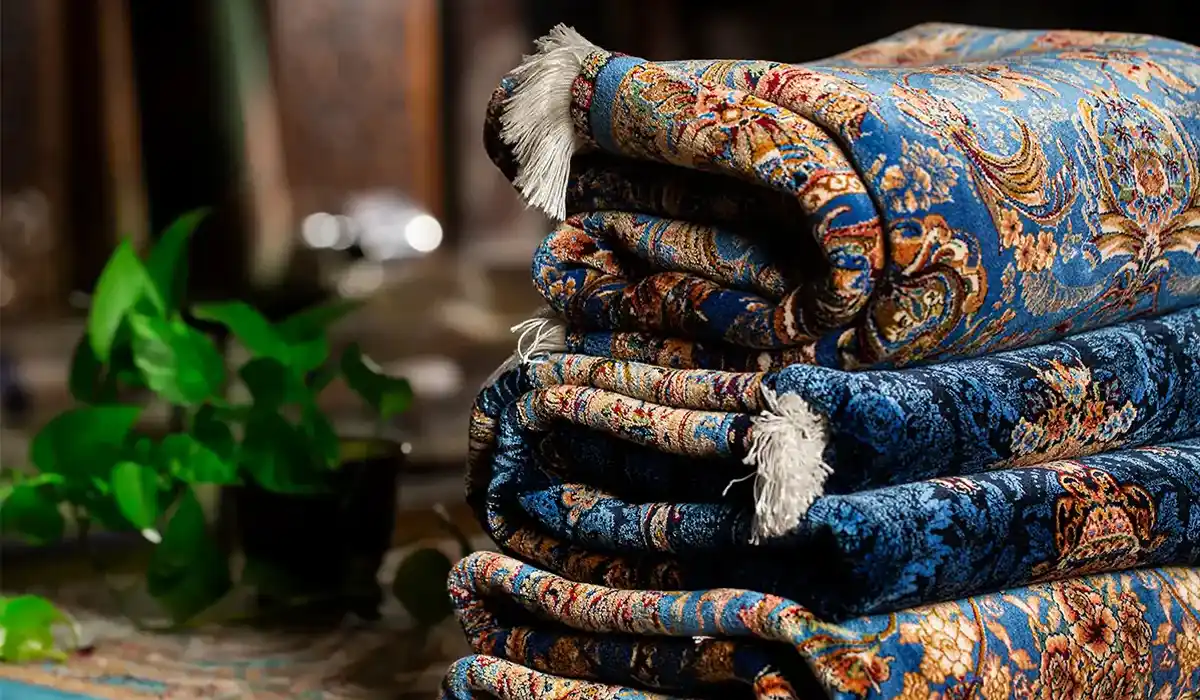
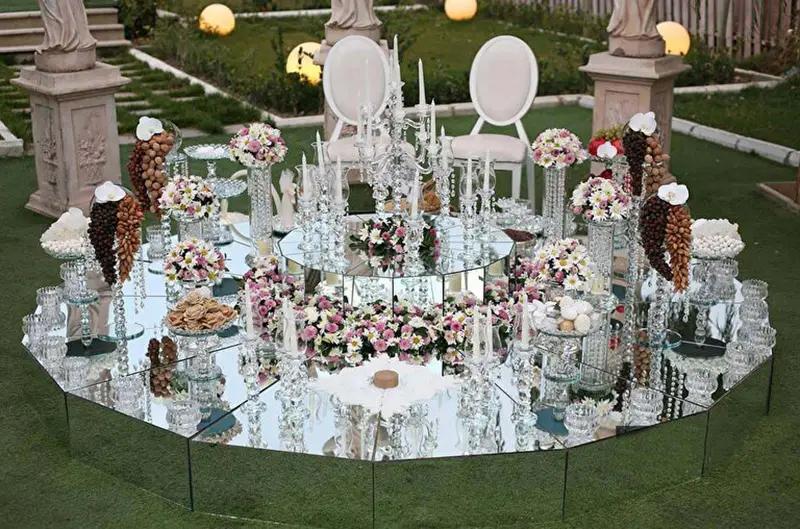
Comments